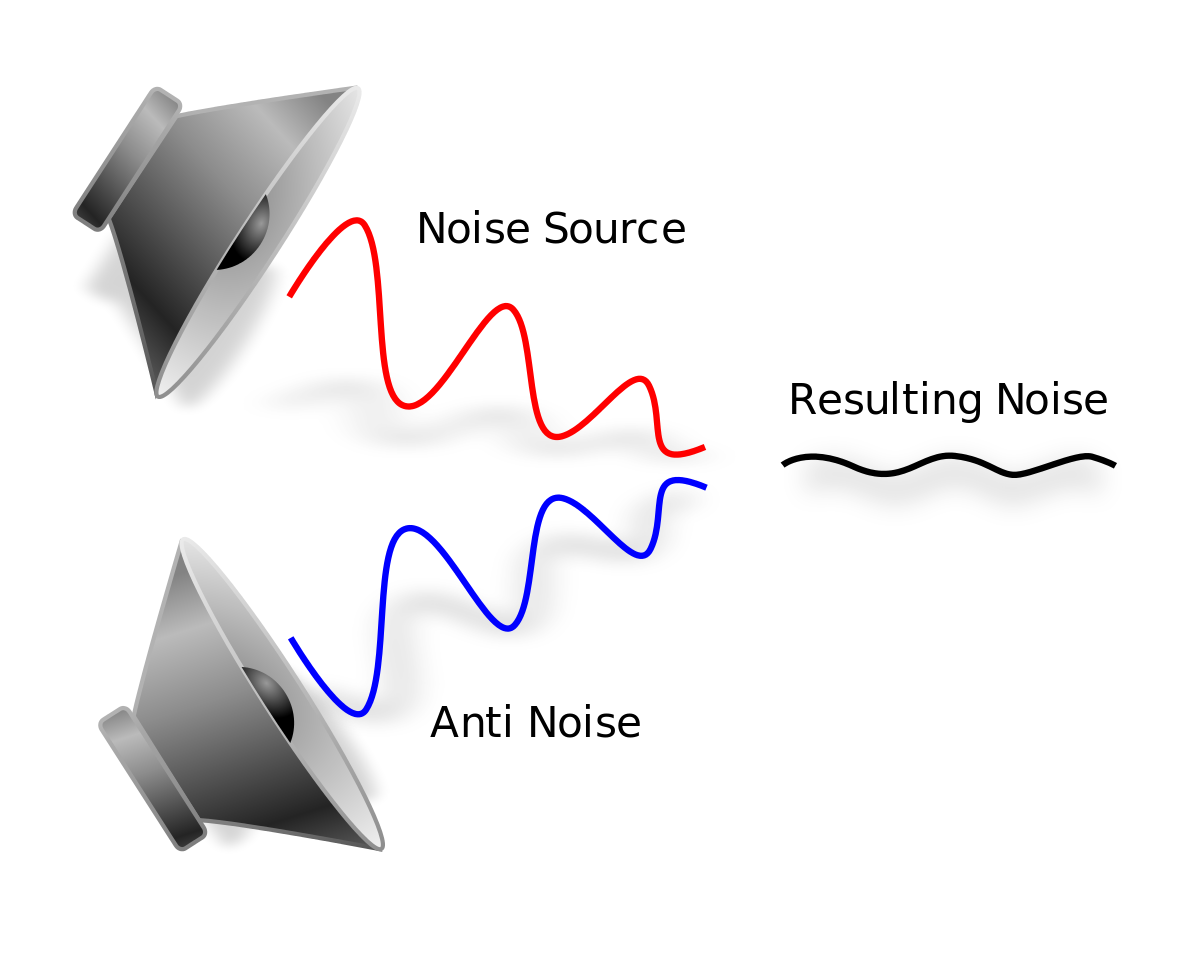
Programma Rascheta Bloking Generatora
• 40-pin The 6800 (' sixty-eight hundred') is an designed and first manufactured by in 1974. The MC6800 microprocessor was part of the M6800 Microcomputer System that also included serial and parallel interface,, and other support chips.
A significant design feature was that the M6800 family of ICs required only a single five-volt at a time when most other microprocessors required three voltages. The M6800 Microcomputer System was announced in March 1974 and was in full production by the end of that year. The 6800 has a 16-bit address bus that can directly access 64 kB of memory and an 8-bit bi-directional data bus.
It has 72 instructions with seven addressing modes for a total of 197. The original MC6800 could have a clock frequency of up to 1 MHz. Later versions had a maximum clock frequency of 2 MHz. In addition to the ICs, Motorola also provided a complete. The customer could use the software on a remote computer or on an in-house system.
22 Free 3D Fonts Most Popular - By Name. Font Categories Most Popular Newest 3D Aggressive All Caps Ancient Arab Asian Black Block Blood Bold Brandname Brush Bubbly Calligraphy Cartoon Classic Comic Cool Curvy Decorative Dingbats Dingfonts Distressed Dot Matrix Elegant Famous Fancy Flourish Flowers Freaky Fun Futuristic Games Girly Gothic Graffiti Grunge Handwriting Hard to read Heavy Horror.
The Motorola EXORciser was a built with the M6800 ICs that could be used for and new designs. An expansive documentation package included datasheets on all ICs, two assembly language programming manuals, and a 700-page application manual that showed how to design a.
The 6800 was popular in, applications and point-of-sale terminals. It also found use in arcade games and pinball machines. The MC6802, introduced in 1977, included 128 bytes of RAM and an internal clock oscillator on chip. The MC6801 and MC6805 included RAM, ROM and I/O on a single chip and were popular in automotive applications. Motorola began making semiconductors in the 1950s. Galvin Manufacturing Corporation was founded in 1928; the company name was changed to Motorola in 1947.
They began commercial production of transistors at a new US$1.5 million facility in Phoenix in 1955. Motorola's and integrated circuits were used in-house for their communication, military, automotive and consumer products and they were also sold to other companies.
By 1973 the Semiconductor Products Division (SPD) had sales of $419 million and was the second largest semiconductor company after. In the early 1970s Motorola started a project that developed their first microprocessor, the MC6800. This was followed by single-chip such as the MC6801 and MC6805. Development team [ ]. Block diagram of a M6800 microcomputer system Motorola did not chronicle the development of the 6800 microprocessor the way that Intel did for their microprocessors. In 2008 the interviewed four members of the 6800 microprocessor design team.
Their recollections can be confirmed and expanded by magazine and journal articles written at the time. The Motorola microprocessor project began in 1971 with a team composed of designer Tom Bennett, engineering director Jeff LaVell, product marketer Link Young and systems designers Mike Wiles, Gene Schriber and Doug Powell. Tkp 45 202 110 2008 model.

They were all located in Mesa, Arizona. By the time the project was finished, Bennett had 17 chip designers and layout people working on five chips. LaVell had 15 to 20 system engineers and there was another applications engineering group of similar size. Tom Bennett had a background in industrial controls and had worked for in the 1960s designing the first electronic calculator to use MOS ICs, the Victor 3900. In May 1969 showed Bennett early diagrams of the to see if it would meet their calculator needs. Bennett joined Motorola in 1971 to design calculator ICs. He was soon assigned as the chief architect of the microprocessor project that produced the 6800.